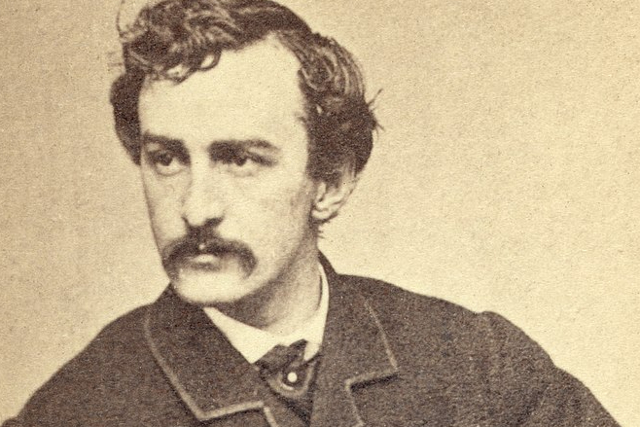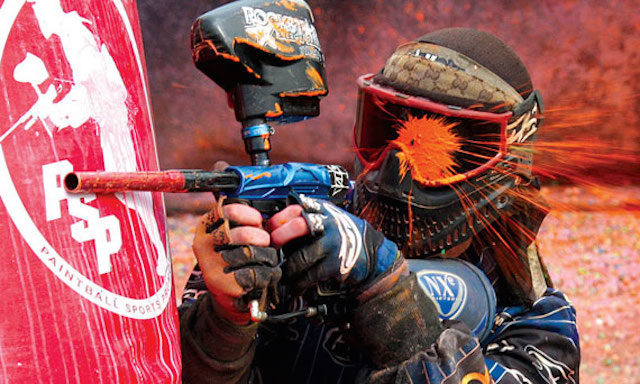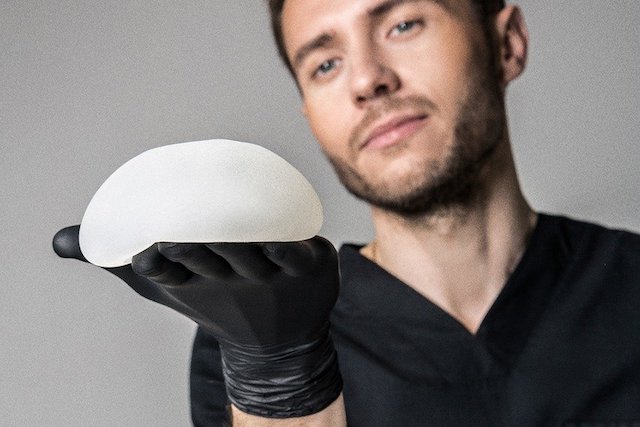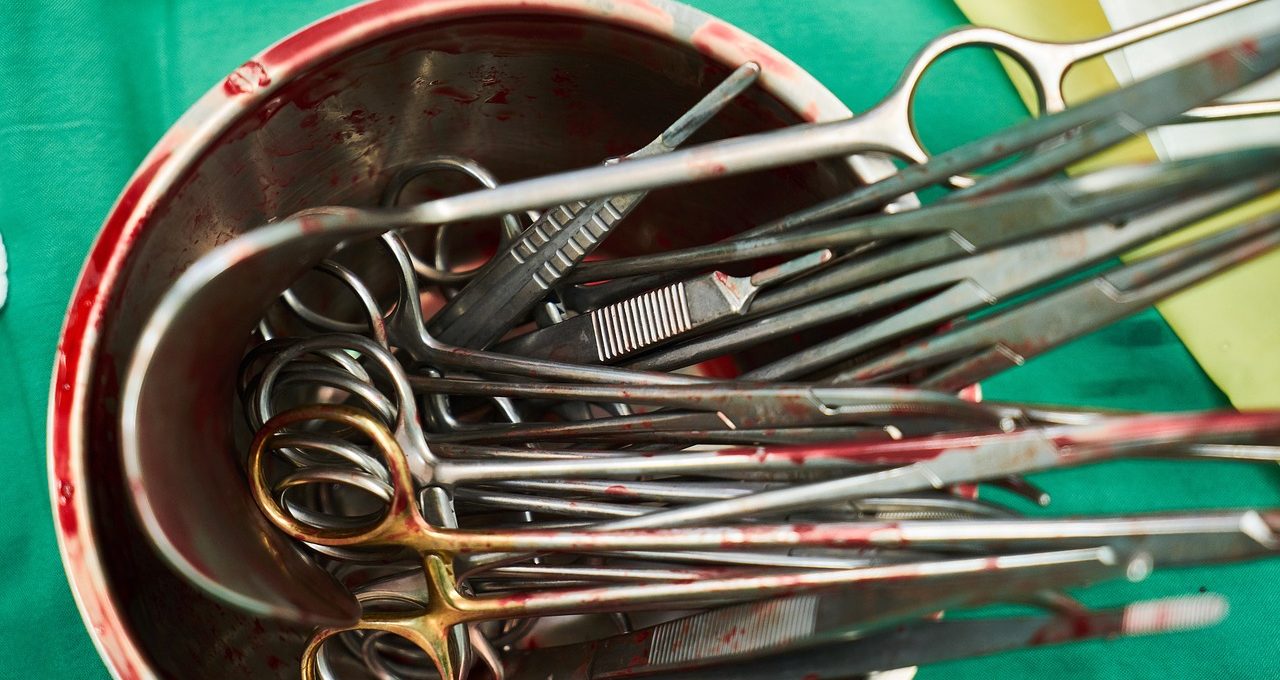We found evidence that people were undergoing surgeries even 12,000 years ago These procedures indicate that our ancient ancestors performed surgical trepanation, which involved drilling a hole in the skull to expose the brain. So it was clearly something that could be relied upon to ensure that the patient survived.
Today is held annually near 310 million transactions . We've come a long way. But despite our progress, some surgeries seem to bypass the rules and procedures of what we consider safe, especially when they're procedures people perform on themselves.
10. Werner Forssmann

If you haven't heard of Werner Forssmann, it's probably because he was born in 1904 and ahead of your time. His contributions to medical science were so significant that he won the Nobel Prize in Physiology or Medicine in 1956. It's all due to his research in the field of cardiac catheterization , a procedure that is still used to treat and diagnose numerous heart conditions today.
Forssmann believed that if you inserted a catheter into a vein in the arm, you could insert it into the patient's heart. That makes sense today, but when he came up with it in 1929, the medical establishment thought he was either an idiot or crazy. So to prove his point, he had to do it to yourself . To be clear, he was expressly forbidden from doing so. So he snuck behind the backs of his bosses and took only one person on board: operating room nurse Gerda Dietzen. Without her help, he couldn't even access the instruments to perform the procedure.
Forssmann convinced Dietzen that his procedure was right. He convinced her so much that she volunteered to be his patient. So he strapped her to the operating table with a harness and then pulled out the old switch, doing it to himself while she was tied up and unable to stop him.
He managed to fight off another doctor who pulled the catheter out of his arm and then x-rayed himself to prove it had worked. He then performed the procedure on a terminally ill patient, published the results, and was promptly fired from the hospital where he worked for violating rules.
9. Leonid Rogozov performed his own Antarctic appendectomy

Most of us will never travel to Antarctica, and for good reason. In 2021, the average temperature from April to September was -61 Celsius , which is -78 degrees Fahrenheit. Essentially, it's death in temperature form. Antifreeze freezes before it cools down. So when people go to the South Pole, they are usually confined to a research base for an extended period of time with a small number of colleagues and no timely contact with the outside world.
Back in 1961, Leonid Rogozov was the only doctor on staff at the Novolazarevskaya Antarctic station. In April, Rogozov felt very ill, and the ship that would take them back to Russia had not arrived for a year. In any case, the journey took 36 days, and he needed immediate help. He needed remove appendix, and he was the only person who had the right to do so.
Rogozov had two options. He could die, or he could perform the surgery himself. Several of his colleagues worked as nurses, and one was assigned to hold a mirror so he could see what he was doing. He had a local anesthetic to numb the skin of his abdomen, but once inside, he would have to go without painkillers.
The mirror proved too difficult to maneuver, so he performed the operation blind, letting his sense of touch guide him. He nearly passed out several times, but after two hours of working in his own intestine, he had the organ removed, which was expected to explode within a day. He was back at work within two weeks.
8. Ines Ramirez performed her own cesarean section

If you're wondering how tough a mother can be, look no further than Ines Ramirez. At 40, Ramirez already had six children, having lost a seventh at birth a few years earlier. She enjoyed living on a farm 50 miles from the nearest town in a very rural part of Mexico. There was no telephone in her house, and her husband was away at the dining hall. It was just Ramirez and her children at home.
After feeling the familiar pain in her stomach for 12 hours, Ramirez knew something was wrong with the baby, and if she didn't get help, she risked losing her baby, just like she had lost the last one. But there was no way to get help. So she took matters into her own hands.
Ramirez drank several bottles alcohol and grabbed a knife from the kitchen. She had experience butchering animals, but no medical knowledge. Despite this, she managed to make precise cuts that prevented her from injuring the baby or any internal organs. She took the baby out, cut the umbilical cord with scissors, and passed out.
Ramirez's six-year-old son ran into town and returned with help. A medical worker returned and stitched Ramirez up with a regular needle and thread. Doctors who examined her after the fact were convinced that the story happened as Ramirez told it, and were impressed with the work she had done.
7. Boston Corbett killed John Wilkes Booth and castrated himself.

In 1865, after John Wilkes Booth assassinated Abraham Lincoln, he escaped on horseback. The military was called in to track down the assassin, and the 16th New York Cavalry tracked him down. They found him in a barn, where Boston Corbett fired his revolver, wounding Wilkes in the neck .
Although this was Corbett's main claim to fame, the man led an interesting and curious life. He also disappeared, never to be seen again after 1894. But in life, his eccentricity was most notably displayed in an operation he performed on himself. In 1858, he castrated himself to curb his craving for prostitutes. Instead of seeking medical help, he went out to dinner after the act.
In later years, historians came to believe that Corbett, who worked for a time as a hatter, had absorbed a lot of toxic chemicals that affected his mental state.
6. Doctor repairs his own torn ligament

In Cincinnati, Dr. Mohab Foad has spent years operating on people's hands. He handles more than a dozen hands a day and has been doing it for more than a decade. If you need an expert in hand surgery, he's your man. And for that reason, it seems all too obvious that when he needed surgery on his own hand, he was the one to go to. made her .
After being injured while playing paintball, Foad realized he had torn several ligaments. Although he got help from a co-worker at the urging of his wife, he performed most of the surgery himself and gained some insight into what his patients were going through.
5. Australian Man Removes His Own Cyst After Waiting 2 Years

Tom Petty once sang that the waiting is the hardest part, but an Australian electrician who had his cyst removed after two years of waiting might have other ideas. He used a utility knife to cut out a grape-sized cyst from his own hand.
The waiting period is supposed to be limited to one year, and the cyst was interfering with the man's work. After two years, he couldn't wait any longer, so he heated up a knife, cut out the cyst, dried out the mucus from inside, disinfected the wound, and put a bandage on it.
Doctors noted how lucky he was that nothing had gotten worse, while acknowledging that, yes, the wait times could be egregious.
4. A woman tried to enlarge her breasts on her own

It’s hard to say there’s ever a right time to perform surgery on yourself. Sometimes it’s clearly done out of necessity, and sometimes it’s done simply because the surgeon knows how to do it. But when the average person tries surgery, it can be a sign that there’s a much more serious mental health issue at hand, or just a terrible misunderstanding of the potential consequences.
In 2014, a woman from Argentina tried to enlarge her breasts. She did it, by entering in my chest petrolatum . Soon after the procedure, complications arose and she began having trouble breathing. At first, she denied having any idea what had happened, not telling doctors what she had done. She later admitted to it, but by then it was too late. She had suffered a fatal blood clot.
3. Butter knife hernia surgery

Contrary to what many people believe, waiting time Surgeries in the United States are often much longer than in countries with universal health care. People may wait two, three, four months or more depending on how necessary the surgery is. Things like hernia surgery can make you wait quite a long time.
In 2011, a California man decided to perform his own hernia surgery. Whether it was due to time, money, or even mental illness, it is not really known. But what is known is that he tried to do it with a butter knife. When the ambulance crew arrived, the knife was sticking out of the man's abdomen. He pulled it out and stuck a cigarette in, which he smoked, into the wound, perhaps to cauterize it or simply to look like an 80's action star.
2. Tatsuya Ichihashi had plastic surgery to escape from the police

Almost every self-surgery you hear about is done for medical reasons. Tatsuya Ichihashi had surgery to avoid prosecution for murder. He changed his appearance, using scissors to reduce the size of his lips, a box cutter to remove moles, and used thread to stitch up his nose in an attempt to make it smaller.
At some point he went to a real plastic surgeon to get it done nose surgery , as his own efforts had produced little result, but the surgeon later noted that his appearance had remained virtually unchanged.
Ichihashi had been on the run in Japan since the murder of Lindsay Hawker in 2007. It took more than two years before he was finally captured.
1. Evan O'Neil Kane has had 3 surgeries

Dr. Evan O'Neil Kane was an odd guy, partly because of circumstances and partly because of general oddness. For example, he once suggested that mothers and newborns get matching tattoos to prevent the babies from getting lost. He also tattooed his patients in ink after the operations with his initial in Morse code.
One patient he never tattooed was himself, and not for lack of chance. He has performed three surgeries on himself over the years. His first was amputation after his finger became severely infected. He did not believe that general anesthesia was necessary for the operation.
Two years after his finger was removed, Kane needed his own appendix removed. Again, he simply used local anesthesia for the procedure. He didn't have to do it himself; there was another surgeon in the room who closed it up afterward. He just wanted to.
Years later, in his seventies, Kane also underwent surgery to remove a hernia. The operation was successful, but he died a few months later.














Оставить Комментарий